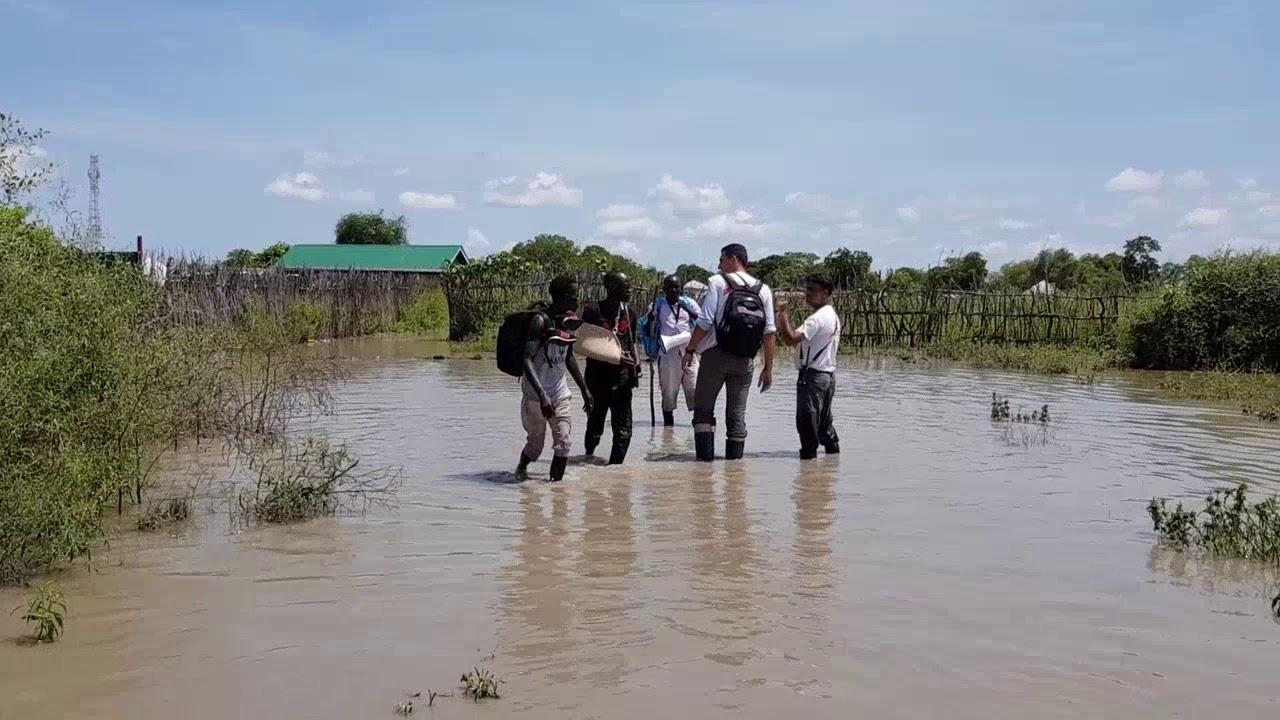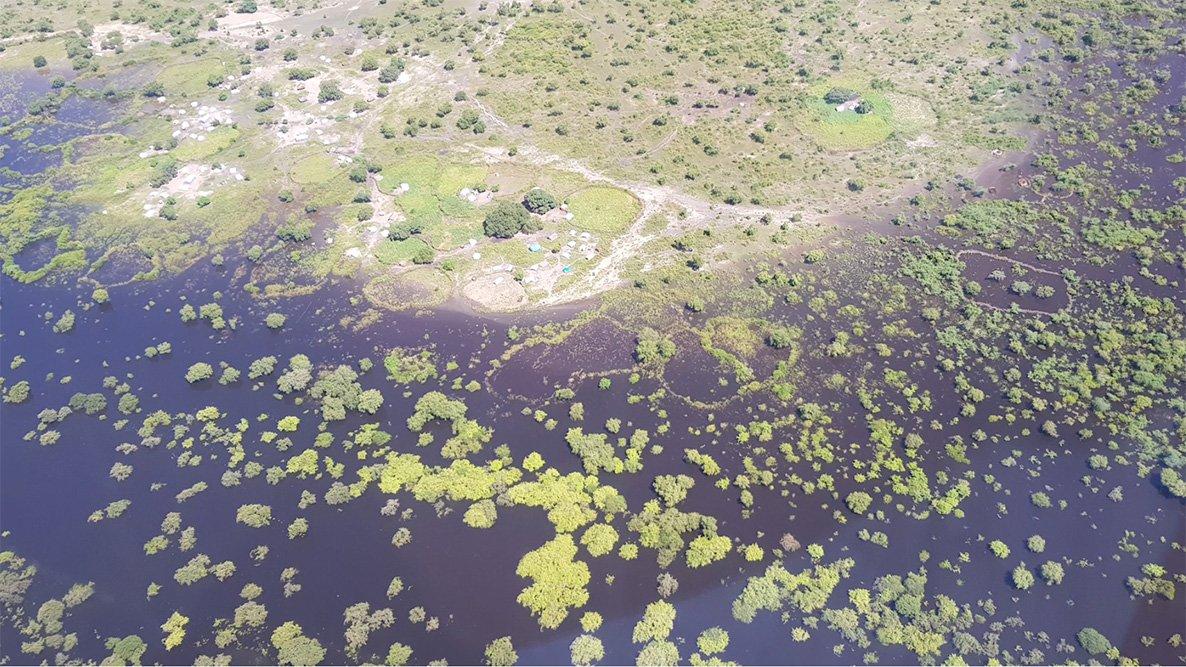
YouTube Video (KDOtqGr8n_M)
The government of South Sudan has called a state of emergency in 27 flood-affected areas, estimated to have impacted between 800,000 – 900,000 people.
While floods are a seasonal and acute problem in South Sudan, this year’s flooding is extreme and the rainy season is forecasted to continue into November.
Flooding is making a dire humanitarian situation worse.
7 million people are already in need of humanitarian assistance in South Sudan and those now affected by flooding will suffer the most severe consequences – further cutting off their access to basic services and limiting actors’ ability to reach them.
In Pibor, one of the worst affected areas, water levels are continuing to rise and living conditions for the displaced population are deteriorating. The space is increasingly congested, thick with mud, has no latrines and just one functioning borehole.
The main morbidities we are seeing are malaria, acute watery diarrhoea and respiratory tract infections – all water-borne and vector-borne diseases we expect to see a rapid increase in with a flood situation and disproportionately affecting children under five.
With poor water and sanitation, we are starting to see patients with skin diseases. With limited food supplies, we have admitted severely malnourished children in the temporary PHCC.
With no cold chain to continue with vaccination, we not only fear for outbreaks of deadly water-borne diseases like cholera, but for measles, where an on-going outbreak was finally on the decline but may increase due to congested and unsanitary living conditions.
Read more about MSF's activities in South Sudan
